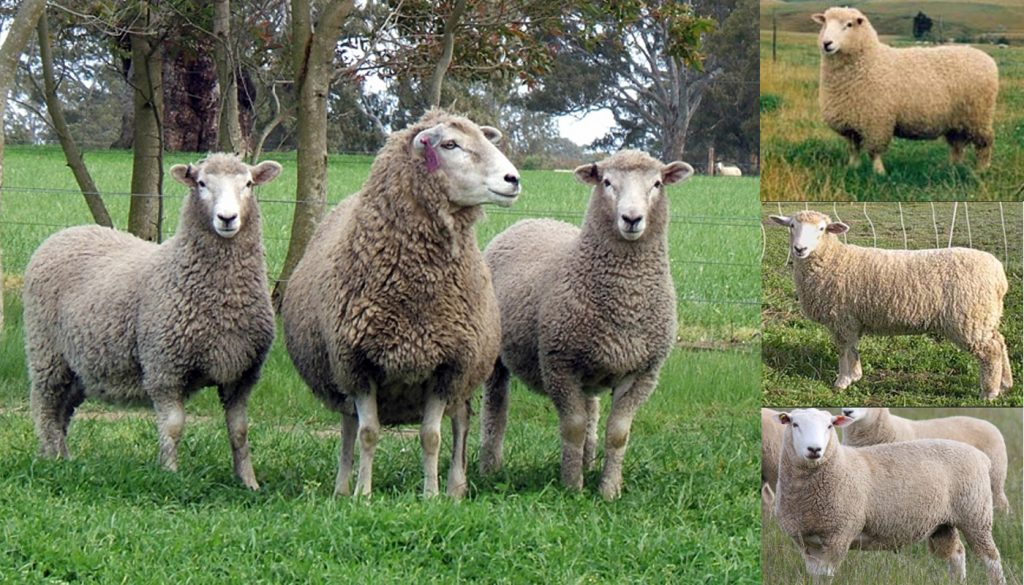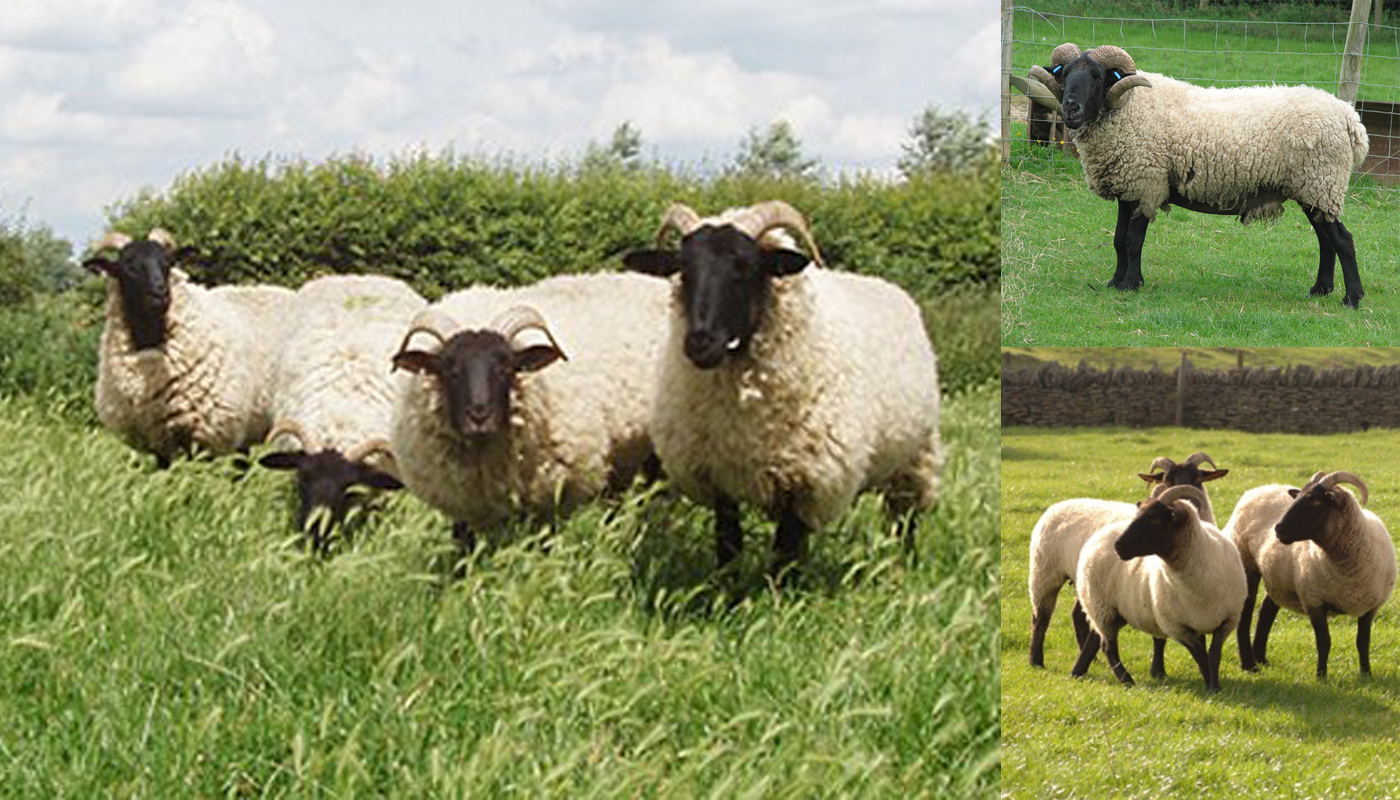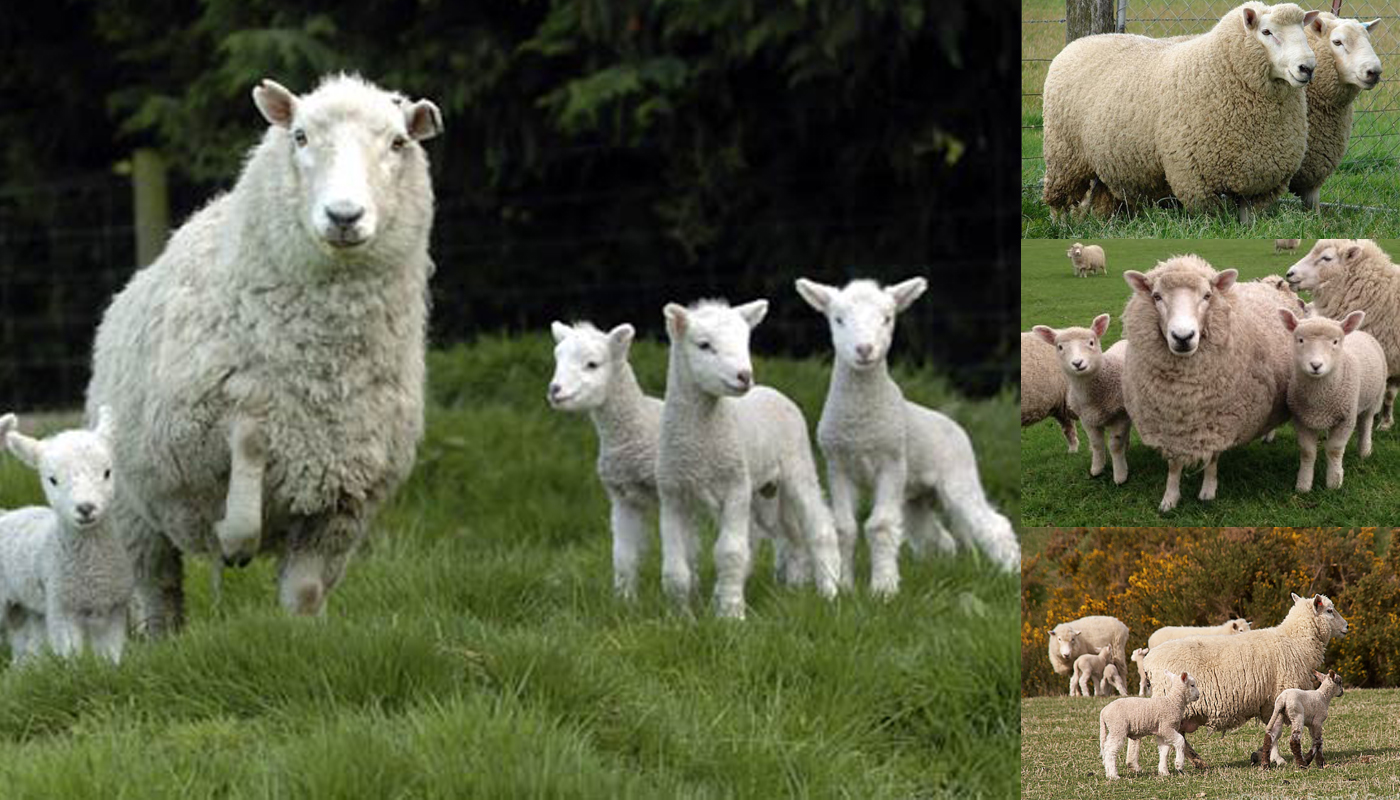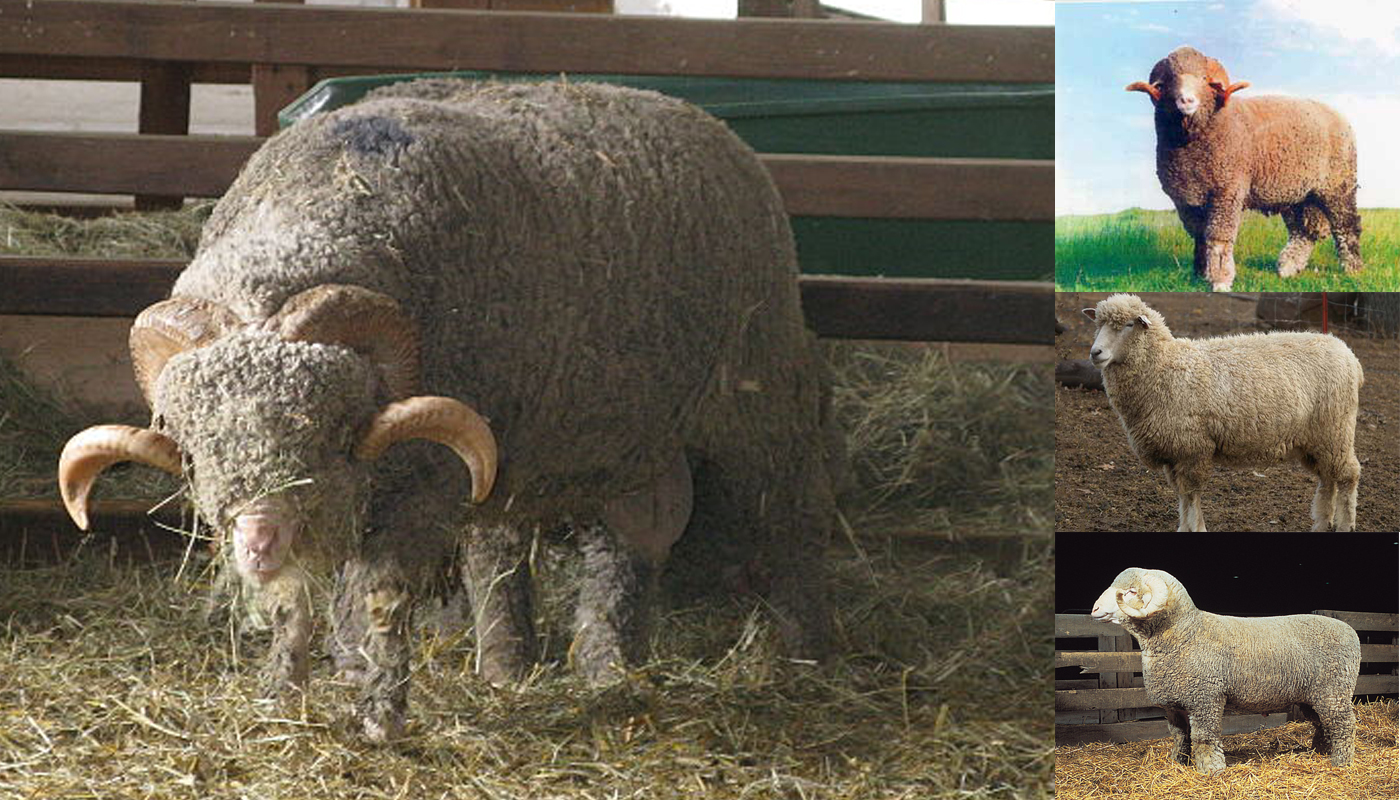
The Coopworth Sheep is a hardy, durable and highly productive sheep breed from New Zealand. They are easy to care for and are excellent foragers. The ewes make excellent mothers with good maternal instincts and they usually have multiple births.
Their meat and wool are of a good quality and they are ideal for pasture-based systems. They are a medium dual-purpose sheep breed.
COOPWORTH SHEEP QUICK PROFILE OVERVIEW |
|
|---|---|
| The Coopworth Sheep breed is ideal for low-input pasture-based production systems. | |
| Country of Origin: | New Zealand |
| Other Names: | None |
| Breed Size: | Medium |
| Main Purpose: | Meat and wool |
| Can be used for | Breed, Meat, Wool **LSC (Landscape Management) |
| Temperament: | Docile and easy to handle |
| Ideal Climate: | Most climates |
| Conservation Status: |
Not Listed by the *ALC Common |
| Health Issues? | No known health issues |
| Good Starter Sheep? | Novice to intermediate sheep farming |
| Sheep Associations: | American Coopworth registry |
| Sheep Clubs: | Please refer to the American Coopworth Registry for breeders’ information |
| Note: *ALC stands for American Livestock Conservancy ** LSC stands for Landscape Management – the animal is used for controlling various vegetation growth |
|
PHYSICAL CHARACTERISTICS |
||||||||||||||||||||||||||||||||
|---|---|---|---|---|---|---|---|---|---|---|---|---|---|---|---|---|---|---|---|---|---|---|---|---|---|---|---|---|---|---|---|---|
| The Coopworth Sheep breed has a long clean face, they have a long large heavy body and short clean legs. They either have a smooth head or have a sort of top knot wooly type cap up to their polled horns. | ||||||||||||||||||||||||||||||||
| Color(s): | White although there are a few off colors | |||||||||||||||||||||||||||||||
|
||||||||||||||||||||||||||||||||
EWE BREEDING & MILKING INFORMATION
| The ewes make excellent mothers and do not have many problems giving birth. | |
| Breeding Period/cycle: | Usually lasts 16 to 59 hours |
| Estrous cycle: | Ave. 17 days/15 to 20 days |
| Gestation Period: | Usually, around 149 to 155 days but most gestation is 152 days |
| No. Lambs/Litter: | 1 but twins are quite common amongst this breed |
| Lactation Period: | Usually, around 150 to 240 day but most are milked for 180 days |
| Milking From: | 4 to 6 weeks after lambing |
| Milk Quality: | Good, Quantity: Enough to wean lambs , Per: Lactation period |
| Milk Ideal for: | Lambs |
| You may Also Like: | 10 Best Sheep Breeds for Milk |
SHEEP MEAT PRODUCTION INFORMATION
| They are good for meat production with tend succulent meat and a good meat to bone ratio. | ||||||||||
| Meat Production: | Yes, Quality: Good | |||||||||
|
||||||||||
| You may Also Like: | 11 Best Sheep Breeds for Meat Production | |||||||||
SHEEP WOOL PRODUCTION INFORMATION
| Well defined crimp from the base of the lock to the tip. They are a long wool breed of sheep | ||||||||||||||||
| Wool Production? | Yes, Quality: Good prized by hand spinners for its luster and silky texture | |||||||||||||||
| Wool is used to Produce: | Harris Tweed, carpets and some craft trade. It can also be spun into other wool to make it more durable. | |||||||||||||||
|
||||||||||||||||
| You may Also Like: | 18 Best Wool Producing Sheep Breeds | |||||||||||||||
GOOD TO KNOW ABOUT THE COOPWORTH SHEEP
| A few interesting facts about the Coopworth Sheep breed to know | |
| Child-Friendly? | Children should never be left unsupervised around livestock |
| Landscape Management? | They are great landscape management breed as they are excellent foragers |
| Where to buy them? | Please refer to the American Coopworth Registry breeders directory for information on where to buy the Coopworth Sheep breed |
HISTORY
In the late 1940’s shortly after World War II Professor Ian Coop started to selectively breed Romney ewes with Border Leicester rams. His goal was to improve the lambing percentages of both the Romney and Border Leicester breeds of sheep.
The crossbreed that resulted in his breeding program were then interbred over a few generation. By culling the lower performing progeny, he eventually had his success. In 1968 the program was deemed a success with a medium sized breed. This new breed was highly adaptable, prolific and a dual-purpose breed. The new breed of sheep was officially recorded as the Coopworth breed.
During the 1970’s and the 1980’s there were several large importations of these sheep destined for commercial and smaller farming operations in both the United States and Canada.
These imports included both the natural colored and white sheep.
Due to more regulated animal importation rules and high costly quarantine of animals. To improve genetics and keep the animals from too much interbreeding artificial insemination is mostly used to obtain genetic diversity.
Video
USEFUL LINKS
- United States Lamb Resource Center
- American Sheep Industry Association
- American Sheep Industry Association List of Breed Associations & Standards
- American Milk Sheep Association
- Dairy Sheep Association of North America
- American Wool Council
- Fur Commission USA
- North American Meat Institute
- American Lamb Board
- National Lamb Feeders Association
- American Livestock Conservancy
- Animal Shelter (ASPCA)
- American Veterinary Medical Association
- American Animal Welfare Society
- American Animal Control
- American Animal Husbandry Society
- United States Department of Agriculture
 Romney Sheep Breed – Everything You Need to Know
Romney Sheep Breed – Everything You Need to Know Norfolk Horn Sheep Breed – Everything You Need to Know
Norfolk Horn Sheep Breed – Everything You Need to Know Texel Sheep Breed – Everything You Need to Know
Texel Sheep Breed – Everything You Need to Know American Tunis Sheep Breed – Everything You Need to Know
American Tunis Sheep Breed – Everything You Need to Know Polypay Sheep Breed – Everything You Need to Know
Polypay Sheep Breed – Everything You Need to Know Perendale Sheep Breed – Everything You Need to Know
Perendale Sheep Breed – Everything You Need to Know Merino Sheep Breed – Everything You Need to Know
Merino Sheep Breed – Everything You Need to Know Barbados Black Belly Sheep Breed – Everything You Need to Know
Barbados Black Belly Sheep Breed – Everything You Need to Know Awassi Sheep Breed – Everything You Need to Know
Awassi Sheep Breed – Everything You Need to Know Rambouillet Sheep Breed – Everything You Need to Know
Rambouillet Sheep Breed – Everything You Need to Know Scottish Blackface Sheep Breed – Everything You Need to Know
Scottish Blackface Sheep Breed – Everything You Need to Know Lincoln Sheep Breed – Everything You Need to Know
Lincoln Sheep Breed – Everything You Need to Know